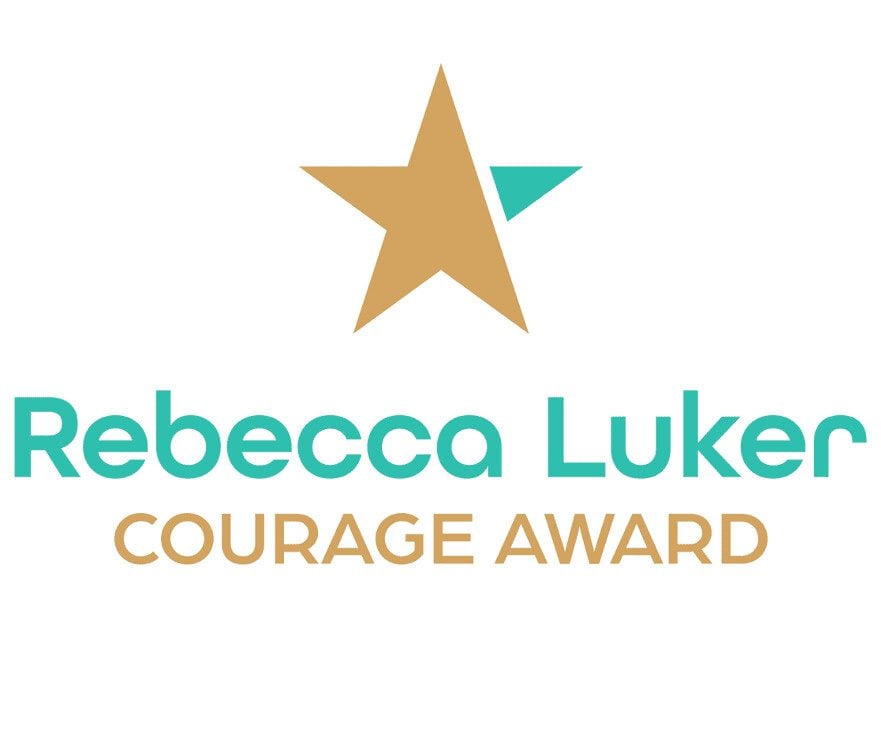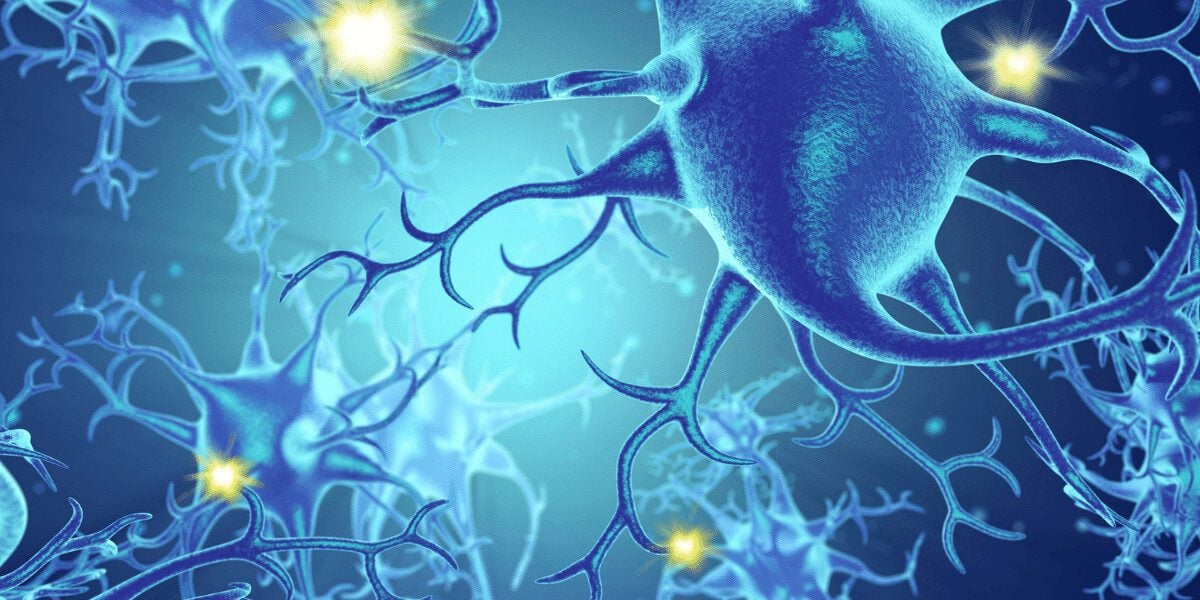The pursuit of effective therapeutics for ALS demands both scientific rigor and human insight. At Target ALS, a dedicated team is tackling some of the biggest challenges in neurodegenerative research. In a recent conversation, three Target ALS scientists—Amy Easton (Ph.D), Senior Director of Scientific Programs; Laura Dugom, Clinical Research Scientist; and Ellen Guss (Ph.D), Scientific Programs Coordinator—shared their perspectives on the organization’s mission, their roles, and the broader landscape of women in science. Their reflections, marked by passion and pragmatism, highlight the power of collaboration, the excitement of discovery, and the importance of representation in STEM.
The Mission: Removing Barriers, Driving Innovation
Target ALS is not just about research—it’s about creating an ecosystem where groundbreaking discoveries can thrive. “Our vantage point allows us to see barriers to research across the ecosystem and how we can help to remove those barriers,” says Amy Easton. “Industry scientists have their own set of barriers and struggles. Academics have their own set, and patients have theirs. We foster collaboration amongst these groups and generate tools and resources to facilitate development of new, effective treatments.”
The team behind Target ALS recognized the urgent need for innovative, collaborative approaches to accelerate scientific discovery. In 2013, the organization built an Innovation Ecosystem designed to address this, powered by six reinforcing strategies:
- Collaborative funding opportunities that break silos and foster partnership.
- Accessible tools and resources that empower ideas from researchers across disciplines.
- Engagement of pharma/biotech industry accelerates drug development
- Independent grant review ensures all ideas get fair and transparent evaluation
- No-strings attached support through funds and research tools galvanizes innovation
- Hub of networking connects and helps the worldwide research community forge collaborations
One of the most critical challenges in ALS research is understanding what truly drives the disease, which can look different in each person living with it. “It’s really hard to know what’s happening at a cellular level in a living person,” Easton explains. “That’s why we put a lot of emphasis on human genomic data sets and human samples— to help scientists formulate and test hypotheses that translate into effective therapies for patients.”
For Laura Dugom, the ability to be flexible and adapt to the most promising scientific avenues is key. “At Target ALS, we’re nimble,” she says. “Whether it’s our cores or the consortia we fund, we can make changes in real time, ensuring the research we support is scientifically rigorous and relevant.”
Dugom also emphasizes the unique role of Target ALS in bridging the gap between academia and industry. “From the very beginning, Target ALS has been pushing past the barriers. ” she says. “We truly are a catalyst for advancing ALS research. We launched the first-of-its-kind Global Natural History Study (GNHS). It’s thought leadership combined with our thoughtful strategy that makes us impactful. Knowing we are going to be part of the solution to ALS is exciting. For me, every little win is a piece of joy—whether it’s extracting data, interacting with people in the ALS community,fulfilling biofluids requests, or even just updating a protocol for one of our studies. That, combined with our mission, always gives me my second wind to keep going.”
The Excitement of the Work
Beyond the technical challenges, the personal impact of their work is deeply felt. Ellen Guss speaks to the satisfaction of sharing Target ALS’s mission with those outside the field. “I love being able to explain the science of the disease to people in a way that helps them understand both the gravity of the situation and how much we’re doing to make people’s lives better,” she says.
For Dugom, it’s about patient-centric research. “We put a genuine effort in to be patient-focused in the research we do.” she emphasizes. “We engage with ALS advisory committees, build in-community connections through our Pop-up Outreach study, and push to implement ways to improve research in real-time. It’s incredibly rewarding.”
And then there’s the moment when funding is granted to a deserving scientist. “Literally the best part of my day is when we’ve let groups know they’ve been selected for funding and someone says ‘thank you’ back,” Guss shares. “Even if it’s just a quick ‘thank you!’ in an email, it feels amazing.”
Easton reflects on some of the milestones in ALS research that show progress, such as the approval of QALSODY and how it has been shown to work in patients who have been monitored after treatment. “That’s the big one that gives us a lot of hope that if we identify more novel genetic risk factors, we’ll be able to develop therapies for a lot more people with ALS who are seemingly sporadic. QALSODY came to exist after years of dedicated researchers and innovative scientists pushed boundaries to deliver the first ASO therapeutic to ALS patients. I am excited about the large-scale genetic research we fund, along with the next generation of gene-directed therapeutics.”
Biomarker discovery is an area that excites Guss. She says, “I am really excited about all of the work around cryptic exons and extracellular vesicle-based TDP-43 detection that Target ALS and other groups are supporting. I think this could be really promising in the biomarker space – being able to really detect pathological TDP-43 and downstream dysfunction from peripheral biofluids would be fantastic. And I think that there’s a hope that that is closer on the horizon.”
Personal Journeys into Science
Each woman’s path to Target ALS is unique, shaped by mentors, curiosity, and sometimes, unexpected turns.
For Easton, it was a college advisor who saw her potential. “I was doing well in biology but majoring in psychology. He suggested neuroscience so I could blend both,” she recalls. “That led to clinical research, but I realized I didn’t want to just diagnose problems—I wanted to help find treatments.”
Guss’s interest in neuroscience started with a single high school psychology class. “We spent one day on neuroscience, and I was hooked. My teacher moved on, but I thought, ‘No, this is what I want to know more about.’” Guss never looked back, pursuing neuroscience throughout her studies and her career. Even in moments where she could have followed a different path, she found herself back at neuroscience. “I just love the nervous system,” she says.
Dugom initially pursued medicine but found her calling in research. “I started my career by working in real world observational studies, before doing Phase I-IV trials, which showed me the impact of research on clinical practice. It was during interventional and real-world observational research in cardiology and pulmonary diseases that my eyes were opened to how research shapes clinical practice. Neuroscience was new to me, but I knew I wanted to be part of it.”
The Reality of Women in Science
The conversation inevitably turned to gender dynamics in STEM. Have things improved? Easton thinks so. “Women have demonstrated they are productive, smart, and successful. We’ve broken through a lot of the barriers that existed 10 or 20 years ago.”
Yet, systemic challenges remain. Despite comprising 47% of the U.S. workforce, women hold only 25% of STEM positions, highlighting a significant gender disparity. This underrepresentation is particularly pronounced in physics and mathematics: women earn approximately 20% of physics bachelor’s degrees and 16.2% of mathematics bachelor’s degrees. These disparities are exacerbated by persistent stereotypes that associate STEM fields with masculine qualities, discouraging many women from pursuing these careers. Additionally, women in STEM occupations earn approximately 81.6 cents for every dollar earned by their male counterparts, reflecting ongoing wage inequities. These barriers contribute to higher attrition rates, with 40% of women engineers leaving or never entering the field—a statistic that has remained stagnant for two decades.
“More women enter neuroscience and biology in undergrad than physics or math, but as you move from undergrad to PhD to professor, more women drop out of the academic track,” Guss notes. “I’m part of that statistic. It’s difficult to pinpoint how being a woman may have played a role in this, but it’s worth noting.”
Guss highlights another important point; that research shows that women of color face pronounced underrepresentation in STEM fields, holding only 11.5% of STEM jobs, which is less than half of all women in these fields. This disparity is further highlighted in leadership roles, where they occupy a mere 3% of STEM-related leadership positions. Additionally, women of color in STEM earn 14% less than their male counterparts, underscoring persistent wage inequities. These statistics reflect systemic challenges that hinder the full participation and advancement of women, especially women of color, in STEM careers.
Guss has a plea for better representation: “Scientists are more than people hunched over microscopes in lab coats. We need to show the diversity of personalities and careers in STEM.”
Dugom says, “I think in science and for pursuing any career, if there is a barrier, you have to find a way to break it.”
Advice for the Next Generation
When asked what advice they would give to young women considering a career in science, Easton is clear: “Identify early what you love to do. Science is broad—you don’t have to work at the bench. It could be clinical research computational biology—find what excites you. Try everything through internships.”
Dugom also encourages young women to explore different paths. As someone in the process of completing her Ph.D currently, she explains, “I was familiar with career paths like engineering and healthcare professions, but I wasn’t fully aware of the broad spectrum of opportunities that exist in between. If I had taken more internships and explored different areas of science and therapeutic areas, it would have had a big impact. I would have gone for my doctorate much sooner, instead of slowly chipping away at it now. It’s all about being open to new experiences and embracing new challenges.”
Looking Ahead
The work at Target ALS is far from finished. The team remains hopeful, energized by recent advances in ALS research, but also recognizes that there is much we have left to learn about the disease biology. “We are excited to lift up as many scientists as possible and to spark new interest in others, leaving a broad-reaching footprint on ALS research,” Easton says. “We can see groundbreaking research unfolding everyday, more progress, bringing us hope for tomorrow.”





